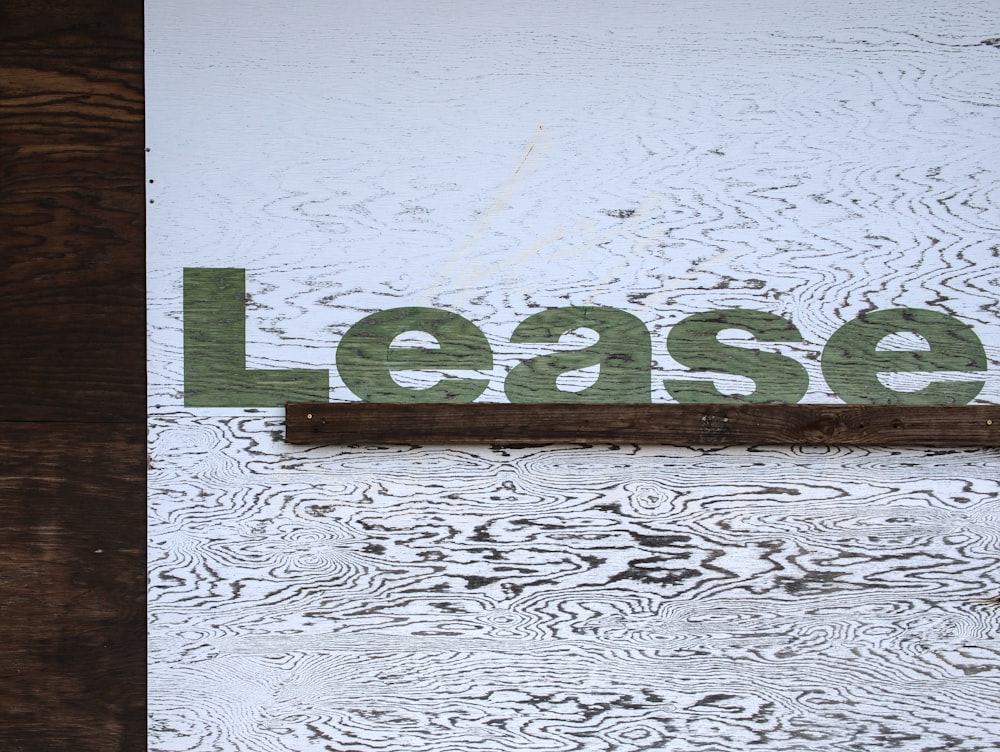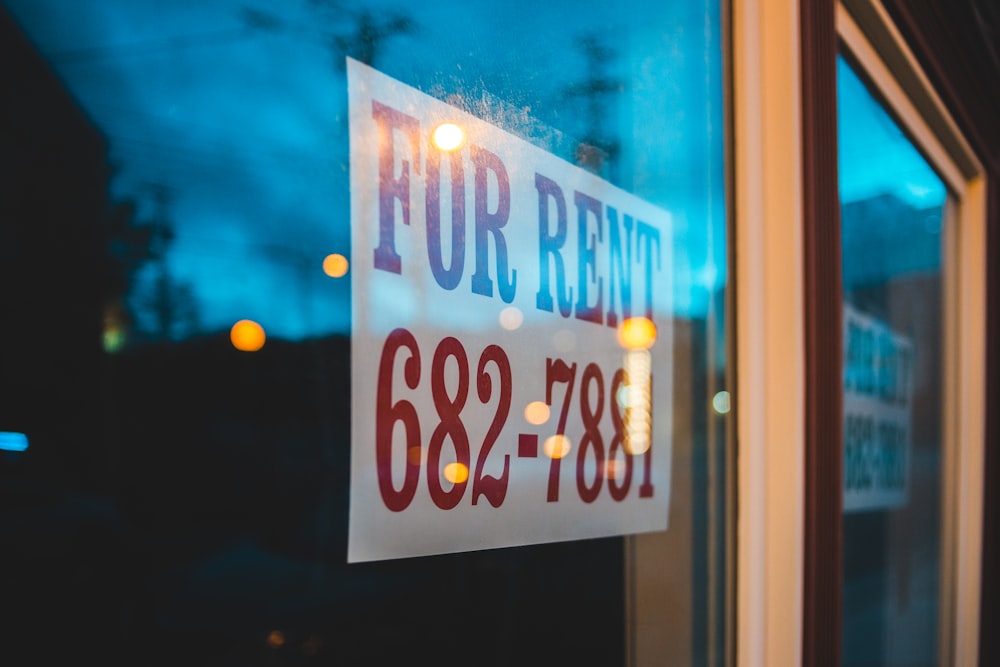Even if you’re just getting started in residential real estate, it can’t hurt to understand a bit of the commercial side as well.
And if you’re looking to get into a new lease or interested in getting started with commercial real estate investing, then you should know how different lease structures can affect you. Understanding the amount of management required in each lease structure is vital for new investors to know how “passive” each opportunity is. The level of management you want to deal with depends on which structure you go with, whether or not the building is full of tenants. Maintaining and managing the property can be expensive and timely, so how can you know which structure can work best for you?
This page will give you a brief introduction to these two lease structures and help you understand how each one can work for you and your desired level of risk and return. By breaking down the two structures, you’ll see the positives and negatives of both.
What’s the difference?
The main difference between these leases is who pays for the commercial property’s common areas and maintenance expenses. This includes covering the maintenance and expenses for lobbies, parking lots, elevators, and more. In addition, the amount of management over the property depends on which one you choose.
What is a Full Service Gross Lease?
In this lease, the tenant has a monthly rental amount paid to the landlord, and the landlord pays for all of the property’s expenses. Usually, in this model, the base rent for tenants is higher, so the landlord can use the additional money on common area maintenance and other expenses.
Pros: For the investor/landlord, rent rates are higher, which can translate to increased profit for you. However, there is a clear definition of who is responsible for extra expenses and maintenance of the property for the tenant.
Cons for the tenant: Ultimately, the central unappealing aspect of this structure is the increased cost. Generally, rent payments in this model are usually higher than ones in a NNN lease.
Cons for the investor/landlord: If taxes, premiums, or other costs go up, those costs need to be covered by you. Since the rent payments are determined by the lease, a landlord cannot immediately raise rent to meet the increased expenses.
What is an NNN Lease?
Unlike the gross lease, this rent structure bundles the standard rent payment for the tenant with calculated percentages of the property taxes, building insurance, and building maintenance expenses. The calculated percentage of the additional expenses is outlined in the lease agreement and is usually based on the amount of square footage the tenant leases. These leases are common in bank branches, drug stores, and quick service restaurants because of how easily a majority of the responsibility can be passed on to the business owner or tenant.
Pros: For the tenant, this means by only paying your share, you can usually see lower rent payments. For the investor/landlord, passing on rising expenses and maintenance costs to the tenant can increase the net income you could make.
Cons for the investor/landlord: With this model, the landlord can have a more challenging time managing the property. It can be difficult to reconcile your actual expenses and those that are recovered by the tenant.
Cons for the tenant: Even though rent can start low, you can potentially expect your rent to increase if expenses rise. In some cases, covering your share of the operating costs of your building/property can leave you with higher rent prices than a standard full-service gross lease.
What you need to know before signing
Whether you’re signing a new lease or getting started in real estate investing, there’s a lot you need to consider before signing. No one option is wrong, but both have their appeals. For the tenant, a Full Service Gross Lease can be an appealing option because of its simplicity and that the rent payment will be the same until your lease ends. The bulk of the responsibility falls upon the landlord in this structure. Depending on the amount of involvement you want in maintaining your property, full-service gross leases won’t be very passive income.
For a more passive approach, NNN leases tend to pass off some of the burden to the tenant. This structure tends to be more popular among investors since they are considered to be low-touch assets. That means that while the tenant covers most if not all of the costs, you can pursue other investment opportunities.
If you want to read more about real estate investing and lease structures, consider checking out First National Realty Partners’ blog on the subject.



